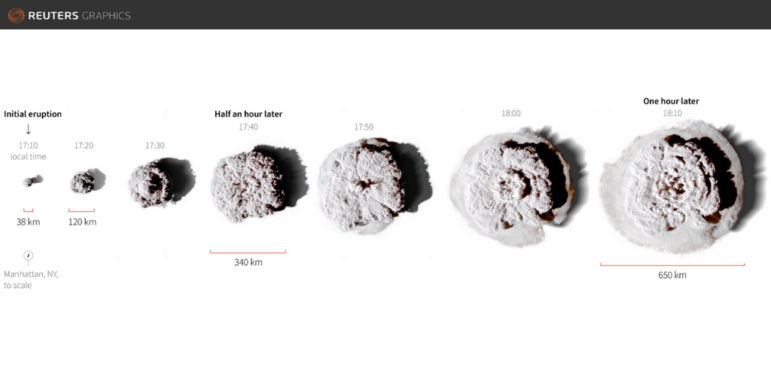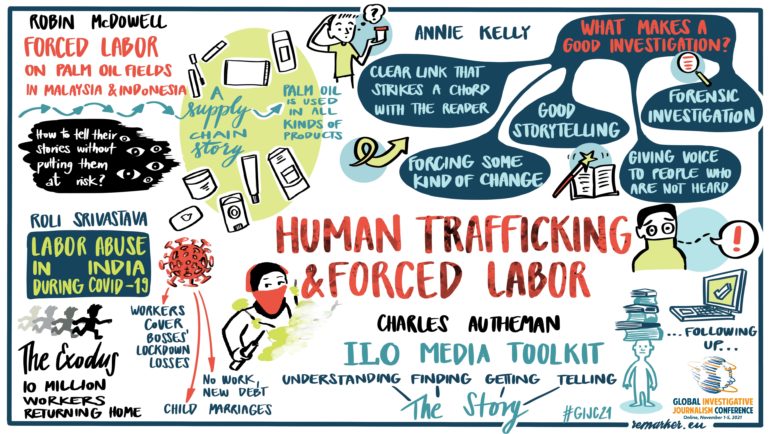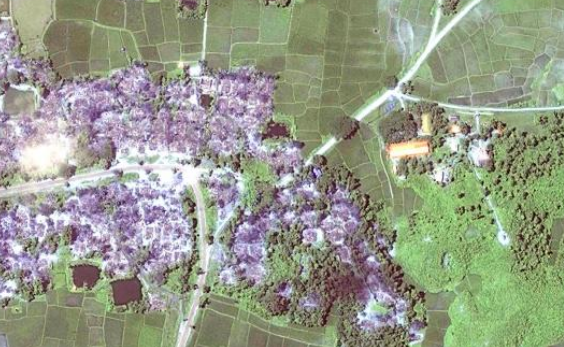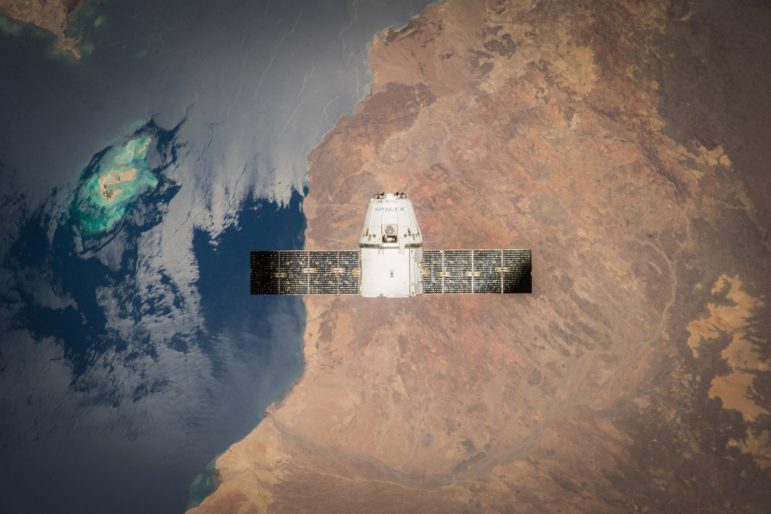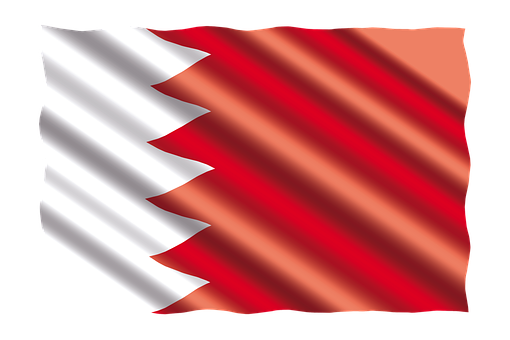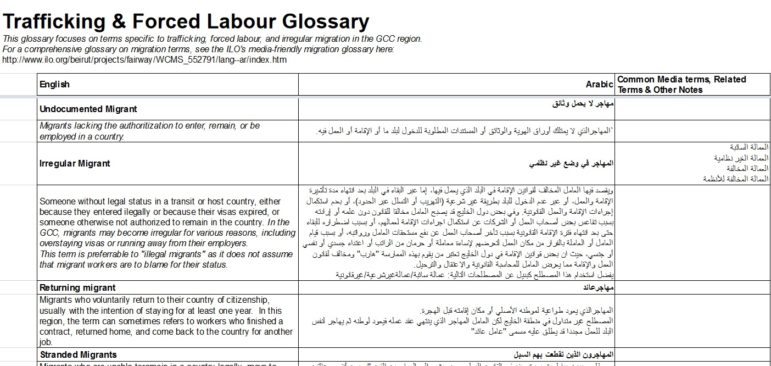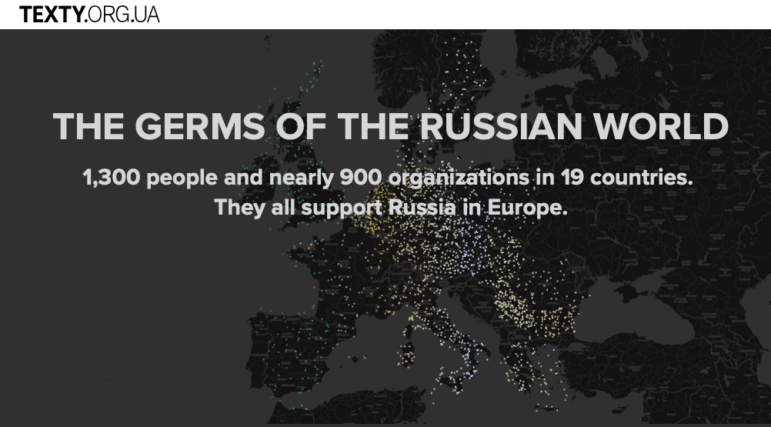
Data Journalism Data Journalism Top 10
Editor’s Pick: Top 10 Data Journalism Projects from 2022
Throughout 2022, journalists have used data projects to track and assess the Russian invasion of Ukraine, the ongoing impacts of climate change, and important political elections around the world. Here, GIJN selects our top 10 data journalism projects of the year, which also includes a look at the polarization of the COVID vaccines in the US, a historical analysis of how debt burdened Haiti for centuries, irregularities in Spanish caesarean delivery rates, and the privatization of UK’s water resources.

